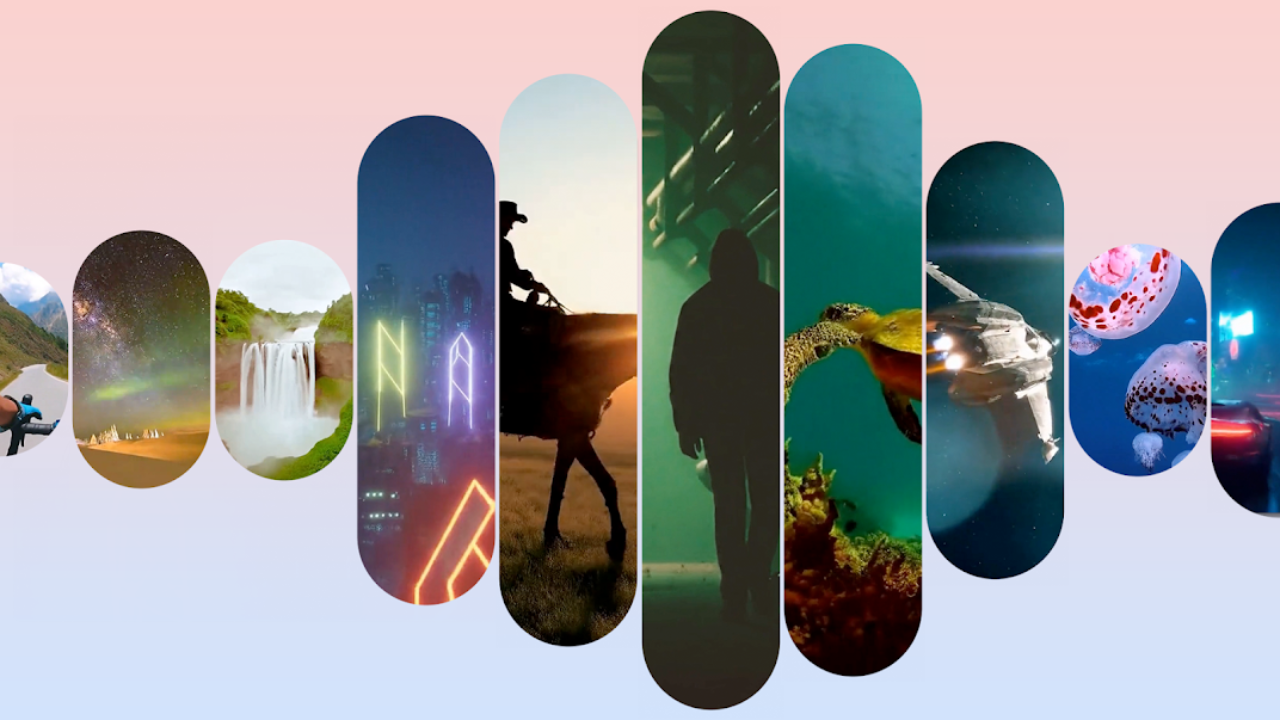
Google DeepMind has unveiled a groundbreaking AI model called V2A (video-to-audio) that can generate synchronized audio, including music, sound effects, and dialogue, for video inputs. This technology aims to enhance the realism of AI-generated videos by creating contextually appropriate soundtracks directly from the video pixels, without the need for manual alignment or text descriptions.
V2A generates high-quality audio, including music, sound effects, and voiceovers, that is synchronized with the visual content of a video. The model learns to associate specific audio events with various visual scenes by training on datasets containing video, audio, AI-generated annotations, and transcripts of spoken dialogue. This allows V2A to generate an unlimited number of soundtracks for any video input, with the flexibility to guide the output using optional “positive” or “negative” text prompts for desired or undesired sounds.
V2A employs a diffusion-based approach for realistic audio generation. The system encodes video input into a compressed representation, which guides the diffusion model to iteratively refine audio from random noise. This process is conditioned on the visual input and optional text prompts, generating synchronized audio that closely aligns with the on-screen action. The generated audio is then decoded into a waveform and combined with the video data. To enhance audio quality and enable specific sound generation, DeepMind trained the model on additional data like AI-generated sound annotations and dialogue transcripts. This allows V2A to associate audio events with visual scenes while responding to provided annotations or transcripts.

V2A can be paired with video generation models like DeepMind’s Veo to create complete audiovisual experiences, making it suitable for various applications, including entertainment, virtual reality, and enhancing traditional footage such as silent films. This integration offers a cohesive solution for generating synchronized audiovisual content without the need for manual alignment or post-production editing.
While V2A represents a significant advancement, there are still limitations to address. Audio quality is dependent on the video input quality, with artifacts or distortions leading to noticeable drops in audio fidelity. Lip-syncing for speech videos also needs improvement, as the paired video generation model may not match mouth movements accurately to the transcript. DeepMind is focusing on addressing these challenges and gathering feedback from creators and filmmakers to ensure a positive impact on the creative community. Rigorous safety assessments and testing are planned before considering public release, with initial results showing promise for bringing AI-generated movies to life. The company remains committed to responsible AI development, incorporating SynthID watermarking to identify AI-generated content and safeguard against misuse.
DeepMind’s V2A model stands out due to its ability to generate audio directly from raw video pixels without manual alignment. It also includes the SynthID watermarking tool, which is not present in other models like Sora and Kling. These features make V2A more robust and secure against misuse compared to its competitors.
The future prospects for AI-generated audio in video production are promising. With continued advancements, AI models like V2A could revolutionize the industry by streamlining workflows, reducing the need for manual audio editing, and opening new creative possibilities. Ongoing improvements in audio quality and synchronization will be crucial for widespread adoption and impact.